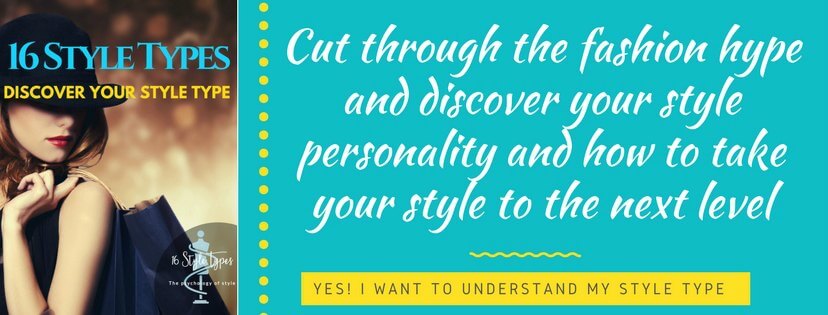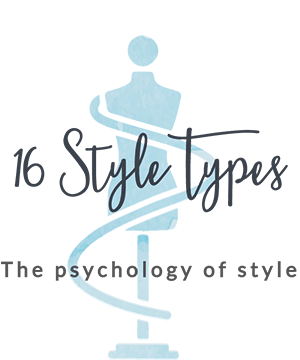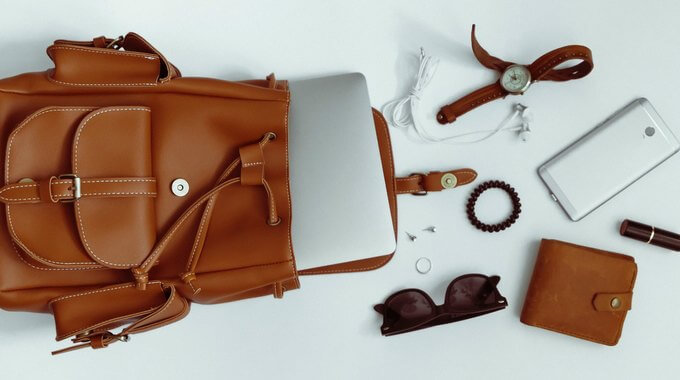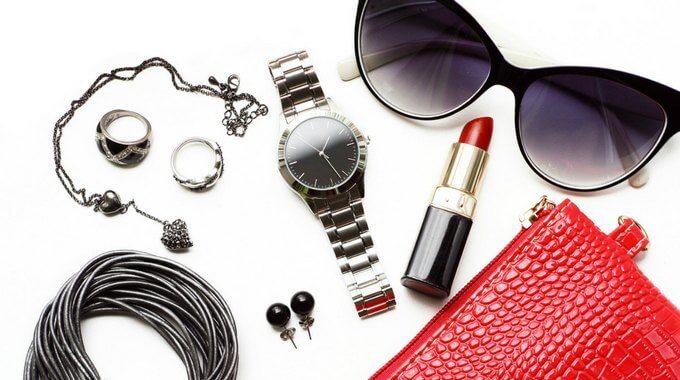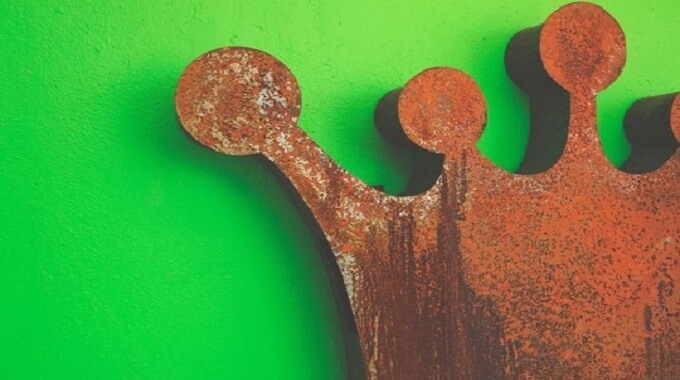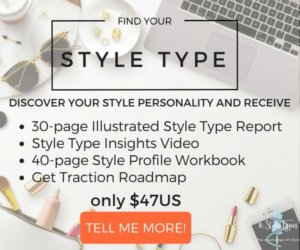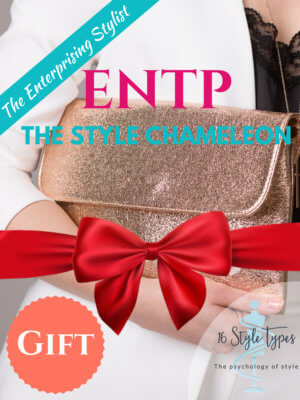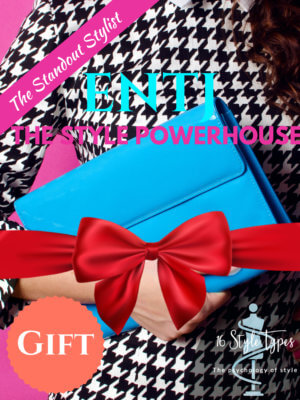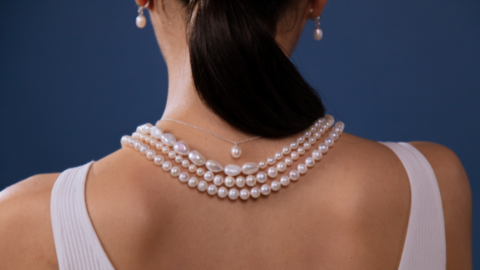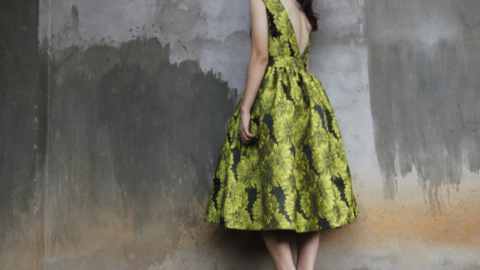A common question that’s often asked when exploring and discovering your Style Type is: what is innate to me – what preferences were I born with — and what behaviors and attitudes have I learned? How can I distinguish between the two? After all, aren’t I a combination of nurture and nature?
Here at 16 Style Types, we absolutely believe that you are indeed a combination of nature and nurture. We hold the view that you are a unique and beautiful individual, with many aspects that make up who you are. The issue of identity is one that comes up when discussing anything to do with personality – and psychological type is just one aspect of what makes you distinctly you.
And all those behaviors and attitudes you’ve picked up on life’s journeys? Well, they make up who you are too! Those experiences are part of the journey of self-awareness, and it’s something we know contributes to your experience of life – and your style.
Watch The Video
In this video, Jill and Imogen discuss this important and intriguing issue of innate preference vs learned behavior.
The more life experience you get, it can get tricky to separate out what you’ve learned to do as opposed to what your innate preferences are. And discovering your style type is all about understanding your ininate preferences- your style DNA.
Our Many Selves
This model developed by Linda Berens (our INTP style muse), has been most helpful in exploring who we are, incorporating our core self (our innate preferences) and adding in our developed and contextual selves. Used with permission.
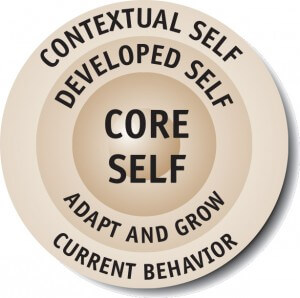
www.lindaberens.com
On the outside of the circle, our contextual self is who we are at any given moment in time, and often represent who we “have to be”. This is often a very adaptive self and at times may not represent in any meaningful way who we naturally are.
On the very inside of the circle is our core self – who we naturally are, and who we would be “if the world let us be who we really are”. This is the innate preference we are seeking to discover through our custom-made Discover Your Style Type best-fit type process. This is the “style DNA” we refer to, the part of who you are that is distinct from everything you have learned, been taught, or have had to be.
The middle circle is our developed self, the self we have learned to be, that incorporates many elements of our natural selves plus those behaviors and attitudes we have picked up along life’s journey. The choices we have made, the people we have met, the experiences we have had, the places we have lived – these all (and other factors) contribute to our developed self.
Acting Out
Some people find that when working ‘out of preference’ a lot, such as having to be extraverted for long periods of time when your innate preference is for introversion, that thinking of yourself as being an actor playing a role, can be helpful in getting through those times. Whilst this can be helpful in the short-term, longer-term this can exact a price that begins to become too high. And that price is energy.
The Energy Equation
One of the ways in which we ‘pay the price’ for being in environments that do not suit our natural preferences for any extended period of time is in energy. It can be very draining and fatiguing to spend extended time in situations where our innate preferences and ways of being aren’t allowed to come to fore, and have to be restrained, constrained or contained.
If being in certain circumstances that require you to behave in ways that aren’t natural to you and that are also energetically draining for you, that’s a clue right there – a very big clue – that your energy is being taken up being a certain way that is not your natural preference.
Psychological Necessity
Innate preferences often fall into the category of psychological necessity. You know something is an innate preferences, a natural way of being, because it is psychologically necessary. It isn’t a choice, it is a requirement for psychological health.
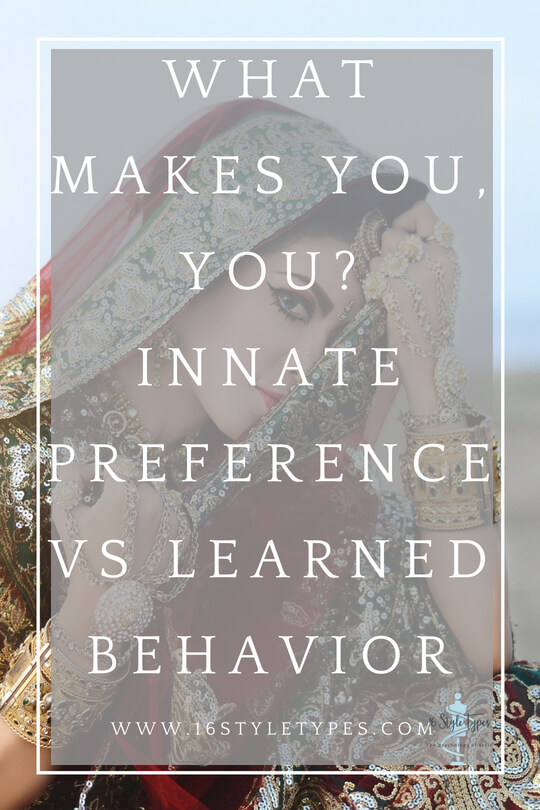
Mood and Circumstances
When you do multiple free online personality quizzes, one of the troubles you can find yourself in is getting different results when you do different quizzes. This is the problem with the free online quizzes, they aren’t “structurally sound” and consequently the results can vary significantly from quiz to quiz, test to test. And that’s because they aren’t designed to incorporate changes in mood and circumstances.
Mood and circumstances are part of what makes up who a person is being in any particular moment in time – this would be the contextual self we were talking about earlier. But your personality preferences should not turn on a dime because your mood or your circumstances have changed (even changed significantly). Your core self is still your core self.
Here’s 15 ways you can identify if something is innate to and natural for you in this article.
What’s Natural to You?
If you haven’t yet discovered your style type and you are keen to discover your natural preferences — the unique and beautiful self you are, your sovereign self autonomous of mood, circumstances, learned behavior and attitudes – now is a wonderful time to discover your style type.
